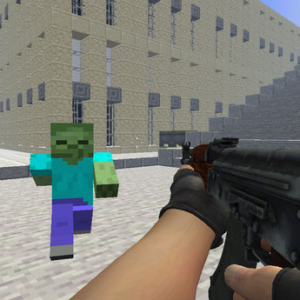Similiar games
Anomalous Coffee Machine 3 begins in an ordinary break room that hides an unfamiliar pattern. The player is assigned to test a vending machine that no longer follows predictable rules. Each session revolves around observation and input — a button pressed, a cup filled, a result recorded. The machine produces outcomes that appear unrelated but gradually connect into a quiet system of logic. Every day begins the same way, yet each combination of ingredients leads to a new reaction.
What the Machine Responds To
The structure of play centers on routine, repetition, and cause. The player experiments with the interface, adjusting variables to learn what triggers changes in dialogue or environment. Results may affect sound, light, or written messages on nearby surfaces. The key lies in noticing small differences, as the game rewards close attention more than speed. Over time, what seemed mechanical becomes conversational, suggesting that the device reacts to something more than commands.
The Pattern Beneath Routine
A normal sequence in Anomalous Coffee Machine 3 often unfolds as follows:
- Begin the day in the testing area and prepare a brewing input.
- Select the combination of temperature, beans, and additives.
- Observe the result through environmental or textual feedback.
- Record data or respond to new anomalies from the machine.
- Continue experimentation as memory resets or outcomes shift.
This process repeats with variation, forming a rhythm that feels both procedural and narrative.
When Function Becomes Dialogue
The longer the player engages, the more the machine’s responses appear to reflect emotional tone rather than technical data. The difference between a command and a question starts to blur. Some outcomes loop, others contradict, and a few reference earlier attempts directly. The environment grows layered, filled with faint echoes of prior brews. By focusing on repetition, the game turns a simple appliance into an instrument of communication, exploring what happens when routine acquires memory.
End of the Cycle
Anomalous Coffee Machine 3 ends not with resolution but with recognition. The player understands that each input carries meaning beyond choice, that the act of observation itself changes what is seen. The machine remains, waiting for another cycle, another question asked through its buttons. Its logic stays consistent yet incomplete, a closed system that continues to reveal fragments of something larger — one brew at a time.



















